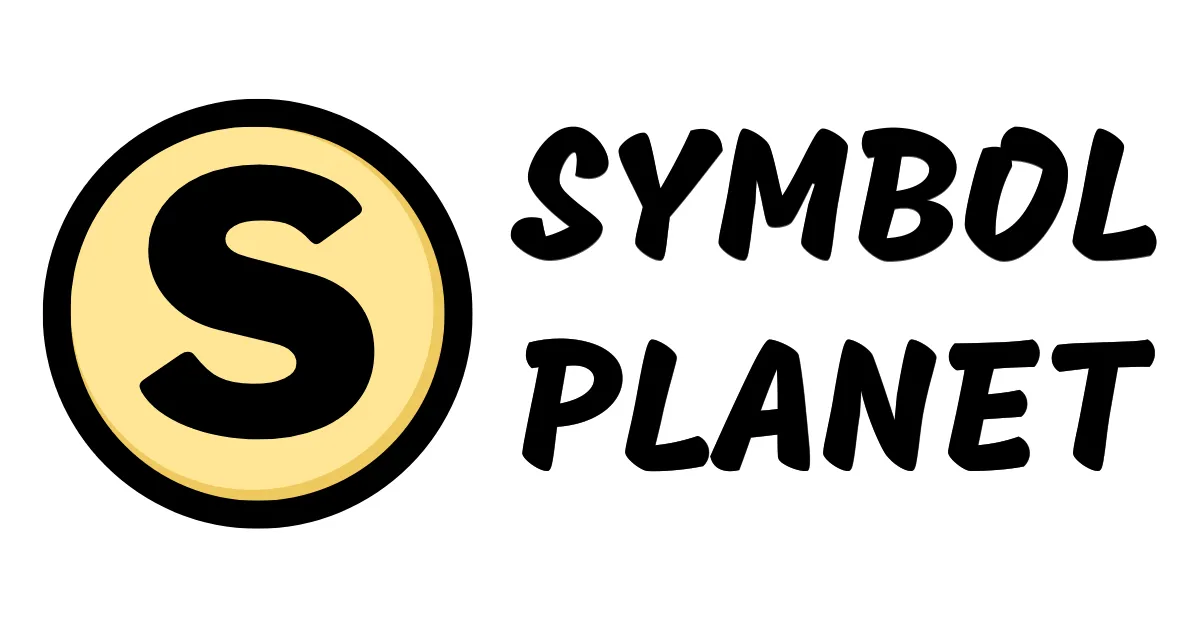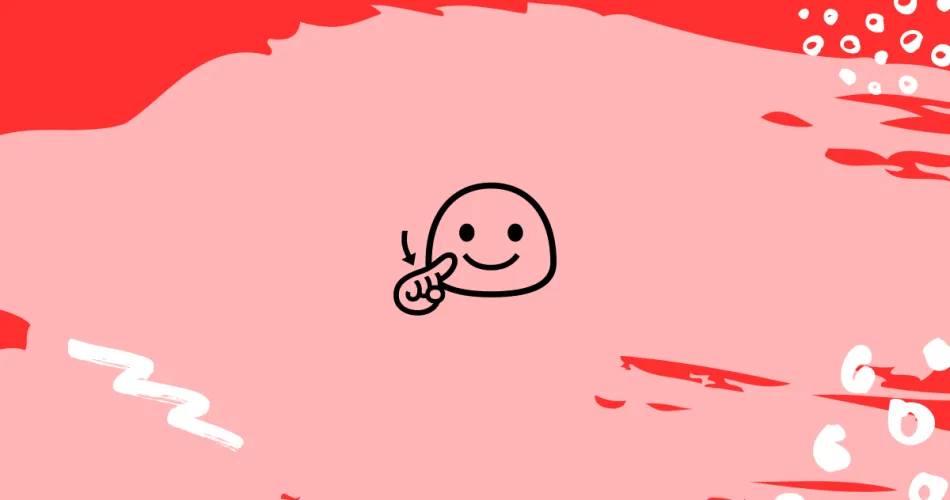Here’s what we’ll cover:
- 🧏♂️ deaf man emoji meaning
- How do you reply to 🧏♂️ deaf man emoji?
- What does 🧏♂️ deaf man emoji mean from a girl?
- What does 🧏♂️ deaf man emoji mean from a guy or boy?
- What does 🧏♂️ deaf man emoji mean on Snapchat?
- What does 🧏♂️ deaf man mean in Texting or Chat?
- What does 🧏♂️ deaf man emoji mean on Instagram?
- What does 🧏♂️ deaf man emoji mean on TikTok?
- What does 🧏♂️ deaf man emoji mean in slang?
- Cultural differences in 🧏♂️ emoji interpretation
- Emoji etiquettes
- Possible combination
- Misinterpretations to avoid
🧏♂️ deaf man emoji meaning
The 🧏♂️ deaf man emoji means a person who is deaf or has hearing impairment.
Meaning 1: Deafness or Hearing Impairment
This emoji can represent individuals who are deaf or have hearing impairments. It symbolizes the challenges faced by the deaf community in communication and understanding spoken language.
- “I have to learn sign language to communicate with my deaf cousin 🧏♂️”
- “The concert was amazing, but I felt sorry for the deaf man 🧏♂️ who couldn’t listen to the music.”
Meaning 2: Inclusivity and Awareness
The 🧏♂️ emoji can also be used to promote inclusivity and raise awareness about the struggles faced by the deaf community. It encourages people to be more considerate and understanding towards individuals with hearing impairments.
- “Let’s promote inclusivity by learning sign language 🧏♂️”
- “I watched a documentary about the deaf community, and now I appreciate the 🧏♂️ emoji even more.”
How do you reply to 🧏♂️ deaf man emoji?
When replying to the 🧏♂️ deaf man emoji, you can use phrases like “I understand” or “I’ll communicate visually.” For instance, if a friend asks if you heard them, you could respond by typing “🧏♂️ I understood what you said!”
- “No worries, I got your message. 🧏♂️”
- “I’ll make sure to communicate through sign language. 🧏♂️”
- “I’m listening with my eyes. 🧏♂️”
What does 🧏♂️ deaf man emoji mean from a girl?
The 🧏♂️ deaf man emoji from a girl means she’s all ears! It’s her way of saying she’s listening intently or paying close attention. But hey, don’t take it too literally. She’s not actually deaf like this little emoji dude. It’s more like she’s signaling that she’s fully engaged and ready to tune into whatever you have to say. It could be when she wants to listen to your funny stories, deep thoughts, or even gossip about the latest drama. So, next time you receive this emoji, take advantage of her attentiveness and enjoy the conversation. Just keep in mind, she might not have actual ears on the back of her head like this emoji does! 🙉
- “I bet you can’t guess what happened to me today! 🧏♂️”
- “Tell me everything about your new crush! 🧏♂️”
- “Spill the tea! I’m all ears! 🧏♂️”
What does 🧏♂️ deaf man emoji mean from a guy or boy?
The 🧏♂️ deaf man emoji from a guy or boy means being unable to hear or having hearing impairment with a touch of humor. This emoji is a representation of a man with blue or gray hair and a beard, covering his ears with his hands, as if to say, “I can’t hear you!” It’s a way for someone to convey that they are deaf or to playfully ignore what others are saying. For instance, if your friend asks if you want to go out for pizza but you’re not in the mood, you can respond with this emoji to say, “I’m not listening to your pizza temptations!”
- “Hey, did you hear what happened at the party?”
- “Nope, I’m a 🧏♂️ when it comes to party gossip.”
- “Can you listen to this new song I found?”
- “Sorry, can’t hear it. I’m a 🧏♂️ when it comes to music recommendations.”
What does 🧏♂️ deaf man emoji mean on Snapchat?
The 🧏♂️ deaf man emoji on Snapchat means someone who is hearing impaired or unable to hear. They might be portrayed as gesturing with their hand to their ear, indicating their condition.
- “When my friend sent me a snap of the 🧏♂️ emoji, it meant he couldn’t hear me because he was stuck in a loud concert!”
- “I used the 🧏♂️ emoji to tell my friend that I couldn’t hear what they were saying because of a bad phone connection.”
- “I sent my roommate the 🧏♂️ emoji when they were blasting music in the next room and I wanted them to turn it down.”
What does 🧏♂️ deaf man mean in Texting or Chat?
The 🧏♂️ deaf man emoji in Texting or Chat means that the person is deaf or hearing impaired. It is often used to express the idea of not being able to hear or to indicate that someone or something is deafeningly loud. Here are a few chat examples:
- “Hey, did you hear about the new movie? 🧏♂️”
- “I just realized I’ve been talking to myself for the past hour… 🧏♂️”
- “Turn down the volume, it’s 🧏♂️ deafening!”
- “Do you have any recommendations for deaf-friendly video calling apps? 🧏♂️”
- “Did you see that funny video on Twitter? It had a 🧏♂️ emoji and I couldn’t stop laughing!”
What does 🧏♂️ deaf man emoji mean on Instagram?
The 🧏♂️ deaf man emoji on Instagram means that someone cannot hear or is hard of hearing. It represents a deaf person using sign language to communicate. It can be used on Instagram to express situations where you can’t hear what someone is saying, or showing support for the deaf community.
- “I just got a new job promotion! 🧏♂️ I can’t hear the sound of my own success!”
- “Spending a quiet weekend at home, binge-watching my favorite shows 🧏♂️.”
- “Learning sign language to communicate with my deaf friend 🧏♂️.”
What does 🧏♂️ deaf man emoji mean on TikTok?
The 🧏♂️ deaf man emoji on TikTok means that the content being shared is relatable to people who are deaf or hard of hearing. It is a way to acknowledge and include this community by representing their experiences.
- “When someone uses the deaf man emoji while chatting about funny misunderstandings that happen because they mishear conversations, it’s a humorous way to connect with others who can also relate.”
- “In TikTok videos, the deaf man emoji might be used to share funny anecdotes about misinterpreting song lyrics, captions, or even sign language gestures. It’s all about finding humor in situations unique to the deaf community.”
What does 🧏♂️ deaf man emoji mean in slang?
The 🧏♂️ deaf man emoji in slang means being completely clueless or unaware of what’s going on. It’s like when your friend tells a joke and you don’t get it at all. The emoji represents the feeling of being out of the loop or lacking understanding. For instance, someone might say, “I sent Jim a meme, but he responded with the deaf man emoji. He’s totally lost!” or “When I asked her about the latest gossip, she just sent me the deaf man emoji. She’s so out of touch!”
- “I saw the 🧏♂️ deaf man emoji in his text, so I had to explain the joke to him.”
- “Whenever she doesn’t understand something, she just responds with the 🧏♂️ deaf man emoji.”
- “He looked so confused in the meeting that I would’ve used the 🧏♂️ deaf man emoji to describe his expression.”
- “I asked him if he knew about the latest trend, and he replied with the 🧏♂️ deaf man emoji. He’s totally oblivious.”
Cultural differences in 🧏♂️ emoji interpretation
Cultural differences can greatly influence the interpretation of the 🧏♂️ deaf man emoji, ranging from sign language variations to misconceptions about deaf culture, leading to hilarious misunderstandings that tickle our funny bones.
- “In America, the 🧏♂️ emoji represents someone listening intently, while in Japan it is often used to symbolize a man with a ponytail due to the kanji character for ‘deaf’ resembling that hairstyle!”
- “In Italy, the 🧏♂️ emoji is associated with ‘pizza-eating silence’ due to the fact that Italians tend to express their admiration for delicious pizza by being momentarily speechless!”
- “In Australia, the 🧏♂️ emoji is mistakenly interpreted as representing a ‘surfer trying to catch the perfect wave’ because, well, who needs sound while riding those epic waves, mate?”
Emoji etiquettes
When using the 🧏♂️ deaf man emoji, be mindful of its representation and ensure inclusive communication. Use it to celebrate the deaf community, promote accessibility, or to express your deafness-related experiences.
- “Just realized I’ve been listening to my music way too loudly all this time! 🧏♂️”
- “Attending a sign language class today! Excited to learn a new way of communicating. 🧏♂️”
- “Shoutout to all the amazing sign language interpreters out there! 🧏♂️”
Possible combination
There are endless possibilities for emoji combinations to go with the 🧏♂️ deaf man emoji, from 🗣️🤫 “Keep quiet, he can’t hear” to 🎵🚫 “No hearing, no problem, let’s dance!”
- 🗣️🤝 “Deaf man and sign language interpreter, a perfect team!”
- 📚👨🎓 “Deaf man studying hard, proving hearing isn’t a prerequisite for success!”
- 🏆🏀 “Deaf man slam-dunking the barriers, winning the game!”
Misinterpretations to avoid
Misinterpretations to avoid for the 🧏♂️ deaf man emoji include assuming he can’t dance to the beat or that he’s never won a game of charades.
- “I thought the 🧏♂️ emoji meant someone who ignores annoying sounds, like a selectively deaf superhero.”
- “I used the deaf man emoji to describe my friend who always ignores my bad jokes, but he misunderstood it as a compliment.”
- “I sent the 🧏♂️ emoji to my mom to describe my tone-deaf singing, and she thought I was questioning her hearing abilities.”

